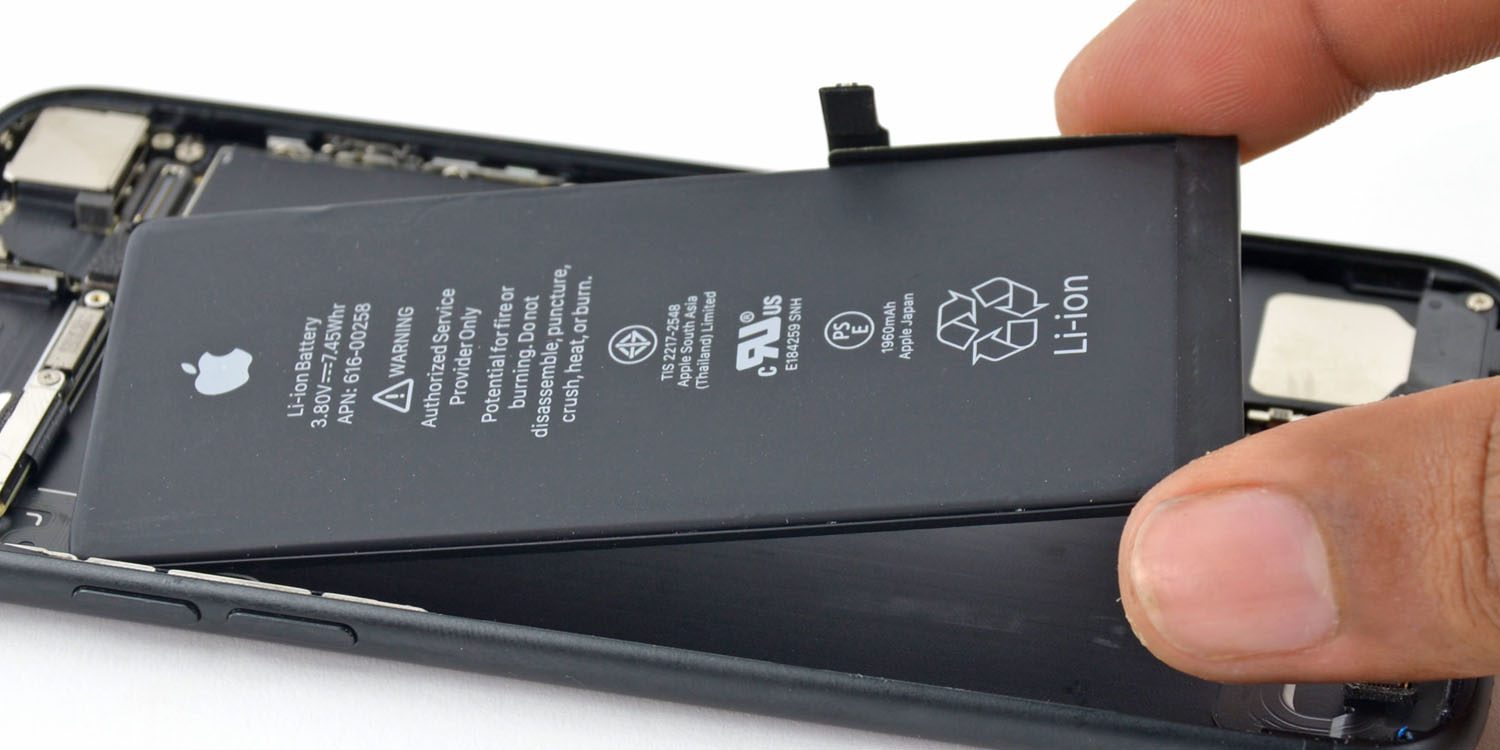Have you wondered why your phone battery doesn’t last as long as it used to? Well, TechInsider has recently a posted video detailing the reason why battery life degrades over time.
According to TechInsider, lithium-ion batteries make use of chemical reactions created by the materials its built with. There are a few layers of material stacked against one another inside the battery – one a negative graphite and copper material while the other is a positive aluminum and lithium material. In between the layers is gel polymer electrolyte that’s responsible for allowing electrons to travel across the layers.
It’s true — your iPhone’s battery is weakening over time pic.twitter.com/9rTZ8ZuHCp
— Tech Insider (@techinsider) March 4, 2019
By turning on your phone, the chemical reactions in your battery power your device because there is a flow of electrons. The higher energy electrons in the anode move to the lower energy environment of the cathode and this gives your device energy. In doing so, positively charged lithium atoms are left behind in the anode. In order for it to achieve its natural neutral state, the lithium atoms travel through the gel polymer electrolyte in search of electrons which are crucial for it to become neutral. The atoms now reach the cathode and there is a build up of lithium atoms.
When you apply electricity to these atoms by way of charging, it forces the atoms back to its anode layer while charging them with electrons. You now have a fully charged device. By doing this however, lithium atoms get lost in the process and this is a form of wear on the materials inside. In turn, your battery is unable to hold as much charge as it used to.

According to TechInsider, after 400 charges, the battery loses 20% of its charging capability. Within two to three years, your battery would have reached its intended shelf life.
Perhaps this explains why a bigger capacity battery lasts longer, because it contains more atoms and retain a significant amount of lithium atoms more than smaller batteries, hence longer battery life. Well, now we know.

